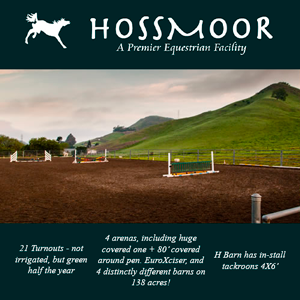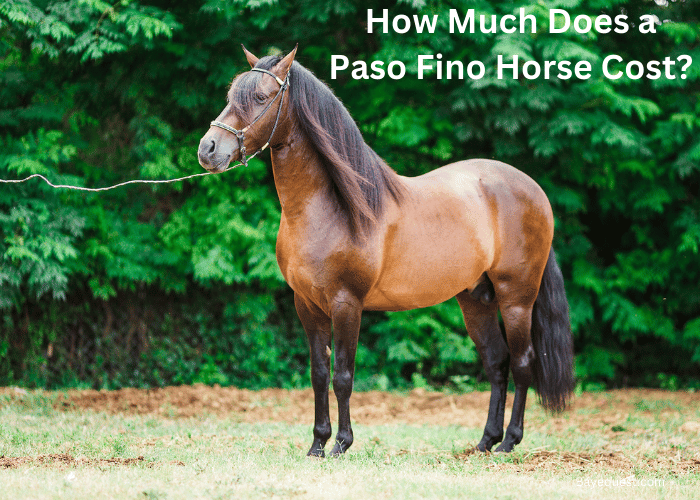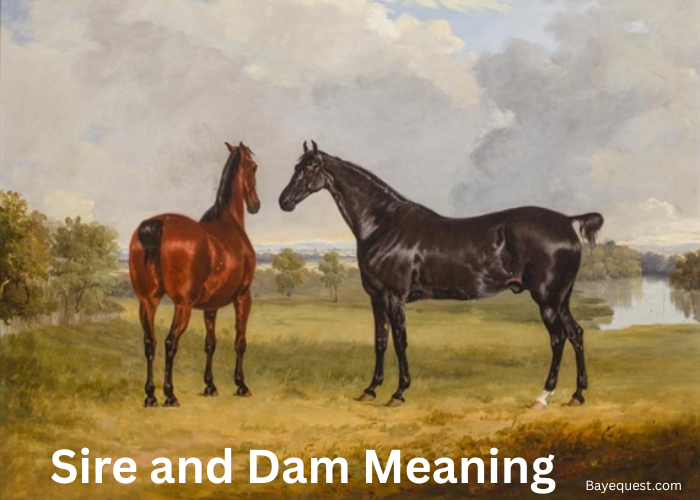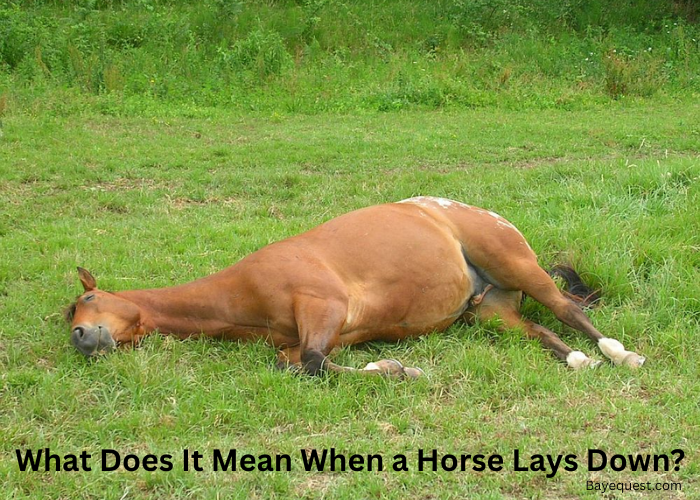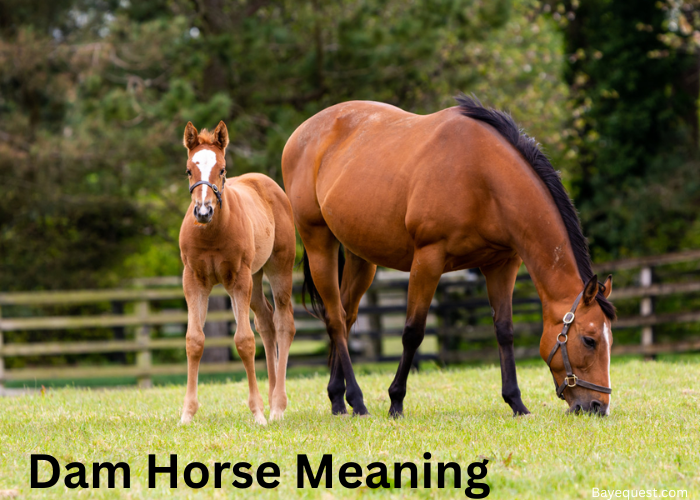Did you know the Paso Fino horse, with its smooth gait, can dance its way into your heart and potentially your wallet?
As an equine enthusiast and seasoned horse owner, I’ve navigated the complex terrain of horse buying and care.
If you’re pondering the costs of owning one of these magnificent creatures, you’re in the right place. This article demystifies the financial commitment, from initial purchases to ongoing expenses.
How Much Does a Paso Fino Horse Cost? Key Takeaway
A Paso Fino horse costs between $3,000 and $8,000. Prices vary based on factors like age, bloodline, and training. Top show horses or championship winners can exceed $100,000. To ensure proper horse care, budget for ongoing costs, including feed, boarding, and veterinary care.
Paso Fino Breed History and Origin
The Paso Fino’s history dates back more than 500 years, when Spanish explorers brought Barb, Andalusian, and Spanish Jennets (now extinct) to America.
They settled in present-day Columbia and Puerto Rico and crossed the horses with various local breeds over many decades, producing many new breeds, most of which are now extinct.
However, a few special breeds managed to survive. Among the survivors were the Criollo horses, from ancestors of the Puerto Rican Paso Fino.
The earliest Paso Finos were farm horses that toiled on plantations, hauling raw materials and produce. Meanwhile, the finest Pasos were saddle-riding experts with comfortable gaits for extended time on the job.
The new breed also exhibited an admirable mastery of challenging terrains. This, combined with their surefootedness, made the Paso Fino the ultimate choice for long-distance riders.
Later, the breed found its way into racing, showcasing its lightning speed in major championships.
However, it wasn’t until after World War II that Paso Finos arrived in the US. Impressed by their performance, American service members stationed in Puerto Rico imported multiple Paso Finos and bred them with local breeds, forming the American Paso Fino.
The breed’s official registry in the US is the Paso Fino Horse Association (PFHA). Formed in 1972, PFHA registers Paso Fino horses from all countries. However, a DNA test is mandatory before registration.
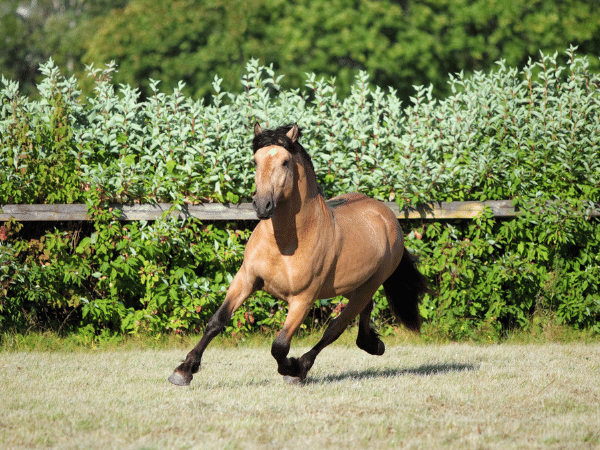
How Much Does a Paso Fino Horse Breed Cost?
The average Paso Fino horse costs $3,000 to $8,000. However, the actual prices vary depending on factors such as age, conformity, bloodline, trainability, and show records, among others.
Generally, young foals and fillies are the most affordable. You can easily find one for under $1,000 at equine auctions. Always verify the documents to ensure conformity.
The prices increase as the horses age, peaking at around $8,000 for non-racing Paso Finos. However, the oldest ones are also affordable, with prices ranging from $2,500 to $4,000.
Conformity is a major factor, though. In particular, the horse’s natural gait greatly influences the asking price as it’s the breed’s defining characteristic.
For instance, Trocha Paso Finos are highly prized assets in native Colombia. They perform a smooth four-beat diagonal Paso gait you won’t see anywhere else. Thus, they’re rare and expensive.
Finally, it’s not enough to be naturally gifted. Therefore, the horses undergo regular training to realize their full potential. But training is expensive.
Highly trained Paso Finos are more expensive, depending on the discipline and level of training. Typically, you’ll pay $15,000+ for a well-trained Paso Fino.
Expectedly, title holders are the most expensive. For instance, a recent championship-winning Paso Fino can cost over $100,000.
Breaking Down Paso Fino Ownership Costs
As you budget for the Paso Fino’s purchase, don’t forget the ownership costs. The following are the main expenses to keep top of mind;
| Cost Type | Monthly Cost | Yearly Cost | Notes |
|---|---|---|---|
| Average Purchase Price | N/A | $3,000 – $8,000 | Varies based on age, conformity, bloodline, trainability, show records. One-off fees |
| Shelter and Boarding (Home) | N/A | $200 – $400 | Budget for maintaining an acre of pasture. |
| Full-Board Plan | $600 – $2,000 | N/A | The owner is responsible for feeding and basic care. |
| Partial/Self-Care Boarding | ~$200 | N/A | A 1,000-pound Paso Fino requires 20-25 pounds daily. |
| Feeding (High Quality Hay) | $240 – $300 | N/A | Includes tack, harness, helmet, boots, and transportation. |
| Feeding (Grain and Supplements) | $240 – $300 | N/A | Daily requirements plus additional supplements. |
| Routine Veterinary Care | N/A | $200 – $1,000 | Annual check-ups, preventive care. |
| Vaccination and Emergencies | N/A | $500 – $800 | For treating illnesses and emergencies. |
| Grooming Supplies | N/A | ~$50 | Shampoos, fly repellents, etc. |
| Farrier Services | N/A | $180 – $360 | Regular hoof care and shoeing as needed. |
| Riding and Safety Equipment | N/A | $300 – $3,000 | Includes tack, harness, helmet, boots, transportation. |
Shelter and boarding costs
Consider keeping the horse on your property if you have enough land and time.
It’s cheaper than boarding and lets you enjoy plenty of time with the horse. A $200-$400/year budget easily maintains an acre of pasture, enough for one horse.
Meanwhile, boarding is better if you lack sufficient land or don’t spend much time at home. A full-time horse boarding facility provides the horse’s every need, allowing you to focus on other responsibilities. The staff will even arrange for veterinary and farrier care.
However, full-board plans cost $600-$2,000/month, beyond the budget of most horse owners. If you’re uncomfortable with the prices, consider partial or self-care boarding.
Both involve the owners more. For instance, owners must provide for the self-care needs of their horses at these facilities. But they cost as little as $200/month.
Feeding costs
The Paso Fino doesn’t require special feed. However, they still need a balanced diet for optimal health and performance.
Typically, 2-2.5% of their body weight in forage is sufficient for the day. Alternatively, consider combining hay and pasture to reduce feeding expenses.
Then, a few quarts of grain and supplements complete the diet. Of course, they also need 6-10 gallons of water.
So, how much do you need? It depends on your location and the quality of the feeds. The highest quality hay costs more than $20 per 50-pound bale, and you need 20-25 pounds for a 1,000-pound Paso Fino.
This translates to $8-$10/day or $240-$300/month. Cheaper options cost $2-$4 daily but may not meet the horse’s daily nutritional requirements.
Daily grain requirements cost approximately the same amount ($240-$300/month). Meanwhile, supplements, salts, and water can cost between $100 and $200 monthly.
Veterinary costs
Paso Finos are quite hardy and remain fairly healthy for the rest of the year. But you can never rule out the occasional equine illness or an emergency.
The breed is prone to degenerative suspensory ligament desmitis (DSLD), a condition that targets the legs. DSLD weakens the suspensory ligaments, leading to a downward sinking of the fetlocks.
This condition quickly makes riding unsafe, requiring the horse to retire from ring or track competitions. In some cases, it may even lead to the loss of the horse.
Routine care helps prevent such issues, thereby boosting the horse’s well-being and extending its lifespan. But it costs at least $200/year and as much as $1,000/year for racing or show stock.
Additionally, set aside $500 to $800 for equine vaccination and emergencies.
Equipment costs
You need handling, riding, and grooming equipment to care for your Paso Fino, assuming the boarding facility provides feeding and watering equipment.
Handling equipment includes extension cords, halters, and lead ropes, each costing $10 to $30 at the local store. Meanwhile, grooming equipment includes body brushes, mane combs, curry combs, washcloths, winter blankets, and swat sheets. Again, these cost between $10 and $50 each.
Next, it’s time to budget for riding equipment. One option is to order a complete tack from an equine store. The prices range from $300 to $600 for a quality tack.
However, you can also purchase individual items from various stores. In that case, you need a quality saddle, saddle blankets, a bridle and bit, stirrups, driving whips, and lung lines. A budget of $300 to $1,000 is sufficient.
Safety gear is crucial as well. You’ll need a reliable harness, helmet, and boots specifically designed for safety. Don’t forget to have a secure vehicle for transporting horses.
Altogether, these essentials may cost as much as $3,000.
Grooming and farrier costs
Finally, a clean horse is a healthy horse. Moreover, grooming reduces the risk of accidents, increases the horse’s appeal, and can extend their life.
Begin by budgeting for quality grooming supplies. These include breed-specific shampoos and fly repellents. The prices vary. But a $50 budget should be sufficient. Then ensure a clean barn to limit hazard exposure.
Next, farrier services cost $30-$60 every 2-3 months, translating to $180-$360 yearly. However, special horseshoeing and emergency calls cost more.
For example, racehorse shoeing costs up to $2,000/year. Meanwhile, emergency calls cost $150 to $300 per visit.
Paso Fino Gaits
The Paso Fino’s defining characteristic is its unique gait. It has a unique and highly comfortable walking style that some professionals believe is the smoothest gait in the world. The four-beat gait allows the Paso Fino to keep one foot on the ground at any time.
Unlike the trot, which involves lots of vertical motion, the Paso Fino walks and runs with negligible shoulder movement. Moreover, the horse’s back absorbs most of the motion, resulting in an extra-smooth ride. This allows riders to stay on the saddle for much longer with minimal discomfort.
Interestingly, it’s a completely natural gait exhibited from birth. Each foot contacts the ground at a different time but at precise intervals, resulting in highly rhythmic movement.
The cadence and ground impact is even once the horse perfects the walk, resulting in unmatched smoothness.
Thus, one way to identify a Paso Fino at work is to watch the rider closely. A near motionless posture at speed, with no visible up-down movement, often points to a Paso Fino.
The gaits have different names depending on the horse’s speed.
- Classic Fino: This is the slowest speed at which a Paso Fino runs. It’s characterized by short steps/extensions but rapid footfalls.
- Paso Corto: This is a moderate gait. The steps are unhurried while covering substantial ground. Thus, medium extensions and strides are visible. But the forward speed and collection are moderate.
- Paso Largo: The Paso Fino produces Paso Largo gaits at full speed. Longer strides and extensions, with minimal collection, characterize Paso Largo gaits. The top speed varies from one horse to the next. But it’s in complete harmony with the horse’s stride and cadence. This allows the horse to remain balanced throughout.

Other Breed Characteristics
You can identify Paso Fino horses by several characteristics, in addition to their unique gait. For instance, keep an eye out for the following traits;
- Size: The Paso Fino is a small to medium-sized horse measuring 13.3 to 14.2 hands tall, though a few stallions may reach 15.2 hands. Unfortunately, the horses grow very slowly. Thus, the majority never reach their true height.
- Conformation: Paso Finos are characterized by refined heads and strong supportive necks that slope smoothly onto the back. The legs are strong and well-defined. Meanwhile, the cannons are short, while the forearms are long. The horses are strong without being too masculine and boast charming, long, flowing manes and tails.
- Color: You can find Paso Finos in all equine colors, with or without white markings. Meanwhile, the irises are bright yellow, amber, or orange due to genetic mutations.
- Temperament: The Paso Fino is a friendly and easy-going horse. Its high trainability and natural spiritedness make it a great companion at home and in the ring.
Paso Fino Horse Uses
The Paso Fino excels in versatility. Its friendly demeanor and smooth gait make it an outstanding choice for trail riding. Additionally, this breed thrives in drill team competitions, mounted shooting, and endurance riding.
The Paso’s surefootedness makes it suited to difficult terrain. Moreover, their trainability enables the horses to adapt to new environments quickly. You can ride them using either Western or English styles.
Alternatively, you can breed Paso Finos for show events. For instance, they’re great for showers, wearing bolo jackets and Spanish-style hats.
Paso Fino Horse Breed Price: FAQs
Are Paso Fino horses rare?
No, the Paso Fino isn’t rare. There are at least 60,000 in the US and hundreds of thousands in Columbia and Puerto Rico. So, it’s not too difficult to find one. However, be aware that several horse breeds resemble the Paso Fino.
Can Paso Fino horses walk normally?
Yes, the Paso Fino can walk naturally like other horses. For instance, Paso Finos can perform the flat walk, canter, or lope with little trouble. But why bother when their four-beat lateral gait is more comfortable and enchanting?
How long do Paso Fino horses live?
The average Paso Fino horse lives for 25-30 years. However, individual lifespans vary depending on the genes and overall health quality. For instance, the oldest Paso Finos in history have lived for 40 years or more. On the other hand, young horses can die from accidents or challenging health issues.
Conclusion
The Paso Fino is a wonderful horse with one of the most graceful gaits. It’s also a versatile breed with many applications at home and in the ring.
But it’s not cheap. The average Paso Fino costs $3,000 to $8,000, while others can cost up to $100,000.



